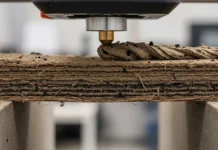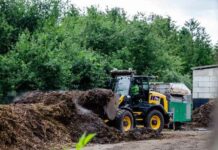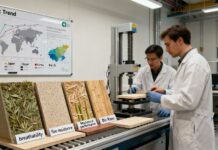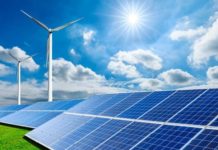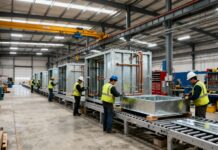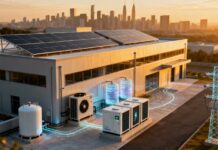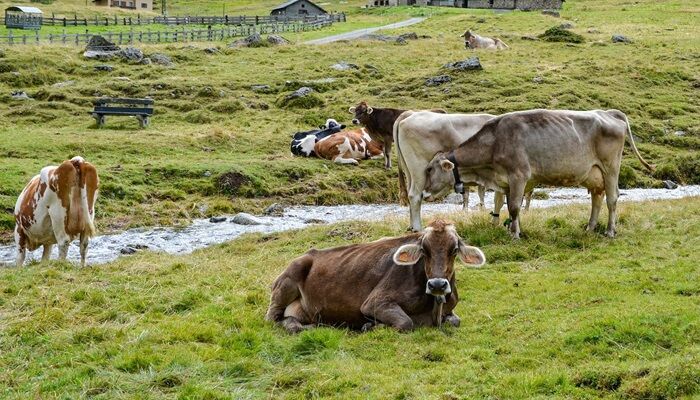As the agricultural sector evolves, farmers increasingly turn to sustainable practices to enhance livestock care. One of the most promising solutions is solar power, which offers a range of benefits for livestock farming. By utilizing renewable energy, farmers can improve their operational efficiency and ensure better living conditions for their animals.
Benefits of Solar Power for Livestock
Solar power provides numerous advantages that can significantly impact livestock farming:
- Cost Savings: Solar energy can significantly lower farmers’ operational costs by reducing their reliance on grid electricity and fossil fuels.
- Sustainability: Solar power is a renewable energy source that helps decrease carbon footprints and promotes environmentally friendly farming practices.
- Reliability: Solar-powered systems can operate independently of the grid, ensuring essential services like water supply and heating remain functional even during outages.
- Improved Animal Welfare: Consistent access to water, proper ventilation, and optimal living conditions contribute to better health and productivity in livestock.
These advantages make solar energy an attractive option for modern livestock farming. Let’s explore ten specific solar-powered innovations that can enhance animal care.
Solar-Powered Feed Mixers
Feed mixers powered by solar energy can automate mixing feed for livestock, especially for in-demand poultry such as buffed female barred rock chicks and high-value products. These mixers use solar panels to operate efficiently without relying on fossil fuels or grid electricity. This innovation saves costs and ensures consistent feed quality, crucial for animal health and growth.
Solar Water Pumps
Solar water pumps are essential for providing a reliable water supply to livestock. These farm-optimized solar water pumping systems harness solar energy to pump water from wells or surface sources, ensuring that animals have constant access to clean drinking water without relying on grid electricity or diesel generators. This reduces operational costs and enhances animal welfare by preventing dehydration.
| The many benefits of solar-based water pumping: Switching to solar-based water pumping can offer many benefits, such as reduced erosion and damage to ponds and creeks and cleaner water by avoiding animal waste contamination. Any water source can become a water source, provided it is compatible with the solar system. |
Solar Livestock Watering Stations
Incorporating solar-powered watering stations allows farmers to set up remote watering points powered by solar panels. These stations help maintain water quality by keeping livestock away from natural water bodies, thus preventing contamination. Solar energy ensures these stations operate independently of the grid, making them ideal for rural settings.
Solar-Powered Milking Machines
Recent advancements have led to the development of solar-powered milking machines that streamline the milking process. These devices reduce the time required for milking, allowing farmers to increase productivity and improve milk quality. Using renewable energy, these machines also minimize environmental impact and operational costs associated with traditional electric milking systems.
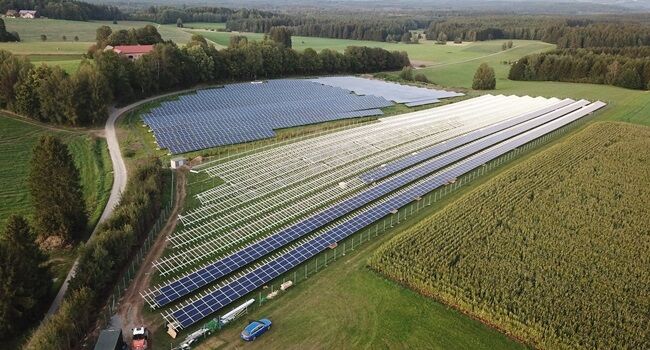
Solar Greenhouses for Livestock Feed
Solar greenhouses can be used to grow high-quality feed crops for livestock. Farmers can extend the growing season by controlling temperature and humidity using solar energy and enhance crop yields. This approach provides fresh feed and reduces dependency on external feed suppliers, promoting self-sufficiency in livestock farming.
| Upgrade your solar greenhouse with locally available materials! Farmers from other countries create their solar greenhouses with locally sourced materials, such as Chinese farmers using a packed earthen wall. Using water, soil, and rock to create a season-extending greenhouse, you can do a similar strategy. |
Solar-Powered Heating Systems
Solar-powered heating systems can provide warmth for farmers raising poultry or other temperature-sensitive animals during colder months. These systems harness solar energy to maintain optimal temperatures in barns or coops, ensuring that animals remain comfortable and healthy throughout the year.
Solar-Powered Ventilation Systems
Proper ventilation is crucial in maintaining a healthy environment for livestock. Solar-powered ventilation systems can be installed in barns or animal housing facilities to regulate air quality and temperature. By using renewable energy, these systems help reduce energy costs while ensuring optimal living conditions for animals.
| Ventilation depends on various requirements: Farms need specific ventilation requirements for particular conditions. For instance, cattle shelters in a tropical climate will benefit from a shaded structure designed to catch the breeze, while a cattle shelter in a cold climate needs to be open on the sunny side. As poultry tend to be more sensitive, they need mechanical ventilation and heavy insulation to make them comfortably warm. |
Solar-Powered Fencing Systems
Electric fencing powered by solar energy offers a sustainable solution for managing livestock movement and protecting them from predators. These systems are easy to install and maintain, providing a reliable barrier without a constant electricity supply. This innovation helps ensure the safety of livestock while reducing operational costs.
Solar-Powered Monitoring Systems
Integrating solar power with monitoring technologies allows farmers to remotely track livestock health and behavior. Solar-powered sensors can monitor temperature, humidity, and animal movement, providing real-time data that helps farmers make informed animal care and management decisions.
Agrivoltaics
Agrivoltaics combines agriculture with solar power generation by installing solar panels on farmland, allowing crops or pasture to grow beneath them. This innovative approach maximizes land use efficiency, providing renewable energy and agricultural production. It can enhance crop resilience by providing shade during hot weather while generating electricity for farm operations. Other benefits of agrivoltaics include maximizing farm income from the energy and crop yield of a single piece of land and improved temperature regulation from livestock.
Enhancing Livestock Care Through Sustainability
Integrating solar-powered solutions in livestock farming promotes better animal care while contributing to sustainable agricultural practices. While initial investments may be required, long-term savings through reduced energy costs and increased productivity make these technologies worthwhile.
By harnessing the sun’s power, farmers can create a more efficient approach to livestock care that benefits their operations and the environment. Embracing these innovations improves animal welfare and paves the way for a more resilient agricultural sector to meet future challenges.
In summary, adopting solar-powered innovations represents a significant step toward sustainable agriculture in livestock farming. As these technologies become more accessible, they offer an opportunity to enhance practices while positively impacting our planet’s future.




